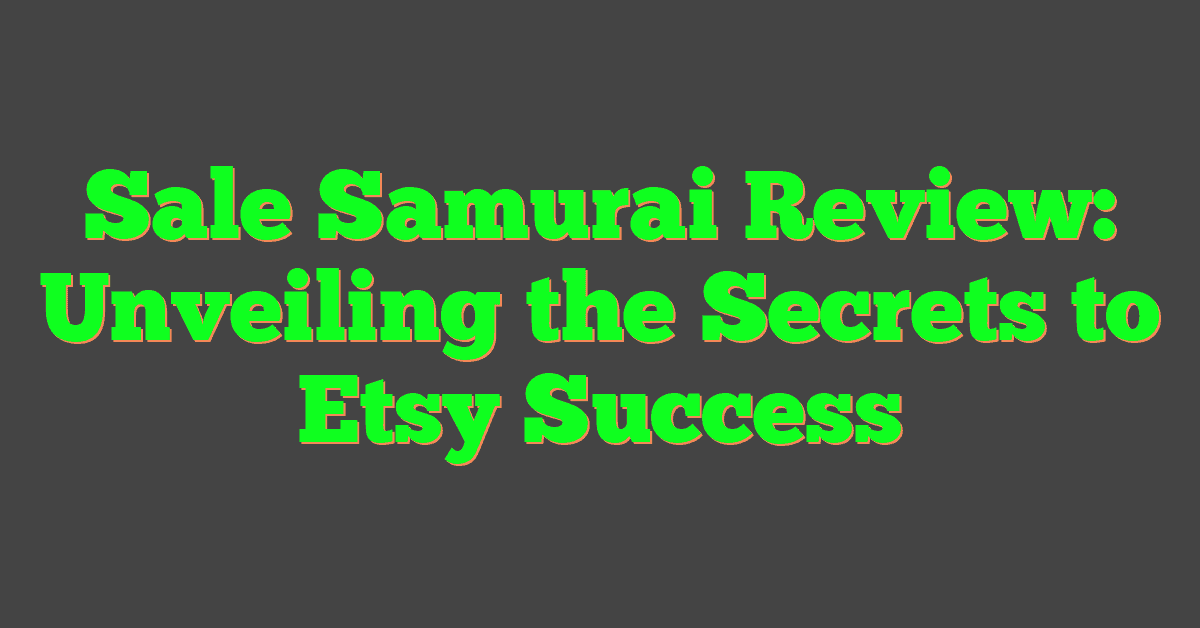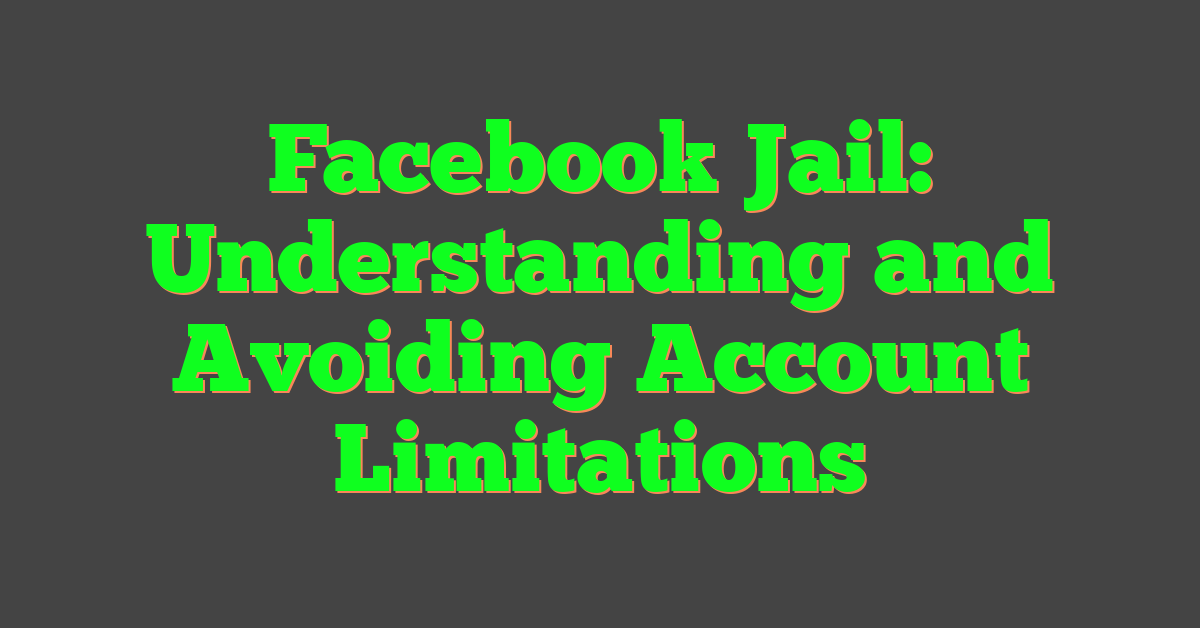LinkedIn is a major professional networking platform where millions of people connect, share job opportunities, and develop their careers. The platform was founded in 2002, and has changed hands since then. LinkedIn is currently owned by Microsoft, which acquired the company in December 2016 for $26.2 billion in an all-cash transaction.

The acquisition was one of the largest in Microsoft’s history and represented a significant move into the social networking space. Prior to being purchased by Microsoft, LinkedIn operated as an independent company under the leadership of Jeff Weiner, who stayed on as CEO after the acquisition. This business move connected Microsoft’s productivity tools with LinkedIn’s professional network.
Today, LinkedIn operates as a wholly-owned subsidiary of Microsoft while maintaining its distinct brand identity and operations.
The platform continues to grow its user base of professionals while integrating with Microsoft’s suite of business products like Outlook and Office, creating a more comprehensive offering for business users around the world.
Key Takeaways
- LinkedIn is owned by Microsoft following a $26.2 billion acquisition completed in December 2016.
- The platform maintains its separate brand identity while functioning as a Microsoft subsidiary.
- Microsoft’s ownership has allowed LinkedIn to expand its business offerings through integration with productivity tools like Office and Outlook.
Ownership History of LinkedIn
LinkedIn has changed hands over the years, growing from a startup to becoming part of one of the world’s largest tech companies. The professional networking platform’s ownership story reflects its growth and importance in the digital business world.
LinkedIn’s Founding and Early Investors
LinkedIn was founded in December 2002 by Reid Hoffman and a team of entrepreneurs from PayPal and Socialnet. The platform officially launched on May 5, 2003.
Reid Hoffman, often called the “Oracle of Silicon Valley,” was the driving force behind LinkedIn’s creation. He had a vision of creating a professional network where people could manage their careers.
In its early days, LinkedIn attracted various investors who saw potential in the professional networking concept. The company went public in May 2011, marking a significant milestone in its growth journey.
Before Microsoft’s acquisition, LinkedIn operated as an independent, publicly traded company with Hoffman remaining involved as chairman of the board.
Microsoft’s Acquisition
In a landmark deal, Microsoft acquired LinkedIn in 2016 for $26.2 billion, making it one of Microsoft’s largest acquisitions. The deal was announced during Satya Nadella’s leadership as Microsoft’s CEO.
This acquisition allowed Microsoft to expand its reach into professional networking and business services. After the purchase, LinkedIn continued to operate as a wholly-owned subsidiary of Microsoft rather than being fully absorbed.
Jeff Weiner, who served as LinkedIn’s CEO before and after the acquisition, stepped down in 2020. Despite the ownership change, LinkedIn has maintained its distinct brand identity while benefiting from Microsoft’s resources.
The acquisition represented a strategic move for Microsoft to strengthen its position in social networking for professionals and integrate LinkedIn’s vast user data with its existing products.
Current Ownership Structure

LinkedIn has been fully owned by Microsoft since 2016, with specific leadership teams managing the professional networking platform while maintaining its distinct brand identity.
Microsoft’s Leadership in LinkedIn
Microsoft acquired LinkedIn in 2016 for $26.2 billion, making the professional networking platform a wholly owned subsidiary. This was one of Microsoft’s largest acquisitions ever, showing their commitment to expanding into professional social networking.
Satya Nadella, as Microsoft’s CEO, played a crucial role in the acquisition decision. Under his leadership, Microsoft has allowed LinkedIn to operate somewhat independently while integrating its services with Microsoft’s other products.
The acquisition has proven valuable for Microsoft, as LinkedIn continues to grow its user base of professionals and businesses worldwide. Microsoft’s cloud-based services and AI technologies have been gradually incorporated into LinkedIn’s platform, enhancing its features.
LinkedIn’s Management Team
After the Microsoft acquisition, Jeff Weiner, who served as LinkedIn’s CEO during the transition, stepped down in 2020. Ryan Roslansky, who had been with the company since 2009, took over as the new CEO.
The current management team maintains LinkedIn’s day-to-day operations while reporting to Microsoft’s executive leadership. This arrangement allows LinkedIn to preserve its unique corporate culture and brand identity.
Reid Hoffman, LinkedIn’s co-founder, no longer has an ownership stake in the company since the Microsoft acquisition. However, he remains an influential figure in tech and business circles.
LinkedIn’s leadership continues to focus on professional networking and career development tools, expanding its services to include learning platforms, job matching, and business solutions.
Strategic Impact of the Acquisition

Microsoft’s acquisition of LinkedIn for $26.2 billion in 2016 created significant strategic advantages for both companies. This partnership has transformed how professional networking integrates with productivity tools and opened new growth opportunities.
Synergy with Microsoft’s Products
The LinkedIn acquisition has created powerful connections between professional networking and Microsoft’s business software. Microsoft has integrated LinkedIn data with products like Office 365, allowing users to see LinkedIn profiles directly in Outlook emails and meeting invites.
The combination has been especially valuable for Microsoft Dynamics CRM users. Sales teams can now access LinkedIn’s professional data while working in Dynamics, making it easier to research prospects and personalize outreach.
This integration helps both companies. Microsoft gets access to LinkedIn’s vast professional database, while LinkedIn users benefit from improved connections to Microsoft’s productivity tools.
The strategic acquisition has enhanced Microsoft’s ability to compete in the social networking space while strengthening its business software offerings with valuable professional data.
Innovation and Growth
Under Microsoft’s ownership, LinkedIn has continued to thrive and innovate. The platform has maintained its position as the premier professional networking platform while expanding its features.
LinkedIn has grown its user base significantly since the acquisition. The platform has added new tools for job seekers, recruiters, and marketers. Microsoft’s resources have helped LinkedIn scale its infrastructure and develop AI-powered features.
The growth hasn’t slowed down. Three years after the acquisition, LinkedIn was still climbing in user numbers and engagement.
New innovations include:
- LinkedIn Learning (professional courses)
- Enhanced recruitment tools
- Improved content publishing platform
- Better video capabilities
- AI-powered networking suggestions
These improvements show how Microsoft’s backing has helped LinkedIn evolve beyond simple networking into a comprehensive professional development platform.
LinkedIn Today

LinkedIn has transformed significantly under Microsoft’s ownership since the acquisition in December 2016. The platform continues to evolve its services while building a robust global community of professionals.
Platform Evolution and Services
LinkedIn’s platform has expanded well beyond its original purpose as a digital resume and job search tool. Under Microsoft’s leadership, the site has integrated with various Microsoft products including Outlook and Office 365. This integration creates a seamless experience for business professionals.
The platform now offers several specialized services:
- LinkedIn Learning – providing skills development courses
- LinkedIn Sales Navigator – helping sales professionals find leads
- LinkedIn Recruiter – assisting HR teams in talent acquisition
- LinkedIn Premium – offering enhanced networking capabilities
LinkedIn has also improved its content marketing features. Users can now publish articles, create newsletters, and share media to build their professional brand. The platform constantly innovates to maintain its position in professional networking.
Community and User Base
LinkedIn’s global community has grown tremendously, now connecting millions of professionals, businesses, and service providers worldwide. The platform boasts over 900 million members across more than 200 countries and territories.
Users range from job seekers and employees to CEOs and industry thought leaders. This diversity creates unique networking opportunities across industries and borders.
The platform encourages meaningful connections through:
- Professional groups based on industries and interests
- Thought leadership content sharing
- Direct messaging capabilities
- Endorsements and recommendations
LinkedIn employees themselves actively participate in the community, often sharing insights about the platform’s features and future. The Microsoft ownership has helped LinkedIn maintain its professional focus while expanding its reach and capabilities.
Future Prospects and Predictions

LinkedIn’s future under Microsoft ownership looks promising, with potential expansion into new markets and services. The platform faces both opportunities for growth and competitive challenges in the evolving professional networking landscape.
Potential Growth Trajectories
Microsoft’s continued investment in LinkedIn suggests a bright future for the platform. Since acquiring LinkedIn in 2016, Microsoft has allowed it to operate relatively independently while integrating its services with Microsoft’s ecosystem.
LinkedIn might expand further into learning and skills development, particularly as AI transforms the workplace. The platform has already invested heavily in LinkedIn Learning, and this focus will likely intensify.
Some experts believe LinkedIn will become even more central to professional life. Reid Hoffman, LinkedIn’s co-founder, predicts that traditional 9-to-5 jobs may become extinct by 2034, with two factors becoming crucial:
- Your network
- Your skills
This aligns perfectly with LinkedIn’s core offerings, positioning the platform for continued relevance.
Competitive Analysis
LinkedIn dominates the professional networking space with few direct competitors matching its scale and reach. However, challenges are emerging from specialized platforms targeting specific industries or professional needs.
Microsoft must navigate potential market shifts as workforce trends evolve. By 2025, predictions suggest rising unemployment or slowing job growth. This means LinkedIn might need to adapt its revenue strategies beyond recruitment services.
Competition could also emerge from unexpected sources. For example, if Elon Musk decided to expand his social media interests beyond X (formerly Twitter) into professional networking, it could present a competitive challenge.
LinkedIn’s integration with Microsoft’s AI initiatives provides a significant advantage. The platform is already collecting data on how AI is shaping work. It uses these insights to evolve its services to meet changing professional needs.




